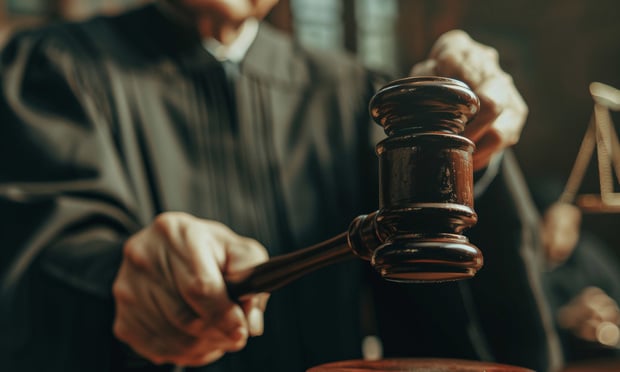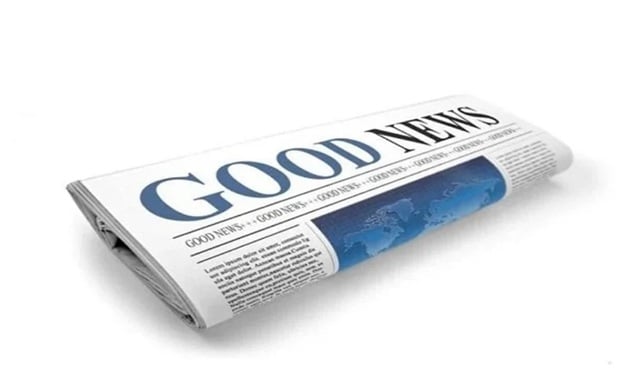Although damage from August's Hurricane Charley was still being assessed when this issue of Claims went to press, preliminary estimates of insured losses were just over $7 billion, making it the second most expensive hurricane in United States history, according to the Insurance Information Institute.
Despite the losses suffered by thousands of Floridians, the insurance industry and local government agencies were well prepared to deal with the aftermath of the Category 4 hurricane's 145 mph winds. The state of Florida's Department of Financial Services immediately deployed its Mobile Response Unit to southwest Florida to assist policyholders in filing insurance claims and resolving insurance problems.
“Volunteers from across the state are helping out with immediate needs,” said Tom Gallagher, the state of Florida's chief financial officer. “Local and national support organizations, including the Red Cross and FEMA, are coming together to ensure that food, water, and shelter are available. It's now our job to make sure that insurance claims are paid quickly and that no one takes advantage of storm victims.”
To curb price gouging among vendors responding to damages from Tropical Storms Bonnie and Charley, a toll-free hotline was established. “Unfortunately, there are those who would seek to profit from the misery of others,” said Attorney General Charlie Crist. “Anyone who seeks to charge unconscionable prices for vital goods should be warned that they will face the full force of Florida law. We encourage Floridians to report suspicious price increases to the hotline. Price gouging will not be tolerated.”
Florida law prohibits extreme increases in the prices of such commodities as food, water, hotels, ice, gasoline, lumber, and equipment necessary for use as a direct result of an officially declared emergency. An unconscionable commodity price is defined as representing a “gross disparity” from the average price of that commodity during the 30 days immediately prior to the emergency. This applies unless the increase is attributable to additional costs incurred by the seller or to national or international market trends.
Violators of the price-gouging statute are subject to civil penalties of $1,000 per violation, up to a total of $25,000 for multiple violations committed within a single 24-hour period.
The state also issued an emergency rule banning public adjusters from requiring cash up front to adjust claims for victims of Hurricane Charley, and limiting public adjuster fees to 10 percent of the claim amount. The emergency rule also gives consumers up to 14 days to back out of a contract without penalty.
“By limiting fees, it's our hope that homeowners and business owners dealing with the aftermath of the storm know what to expect and aren't scammed and gouged financially by public adjusters' inflating their fees,” said Gallagher.
The insurance industry wasted no time dispatching more than 2,000 claim adjusters into the area, according to the Florida Insurance Council. The final adjuster force may be double that figure, once the association has completed its count. Claim adjusters were equipped with state-of-the-art technology to enhance mobility and to get to victims most affected by Hurricane Charley. In addition to wireless laptops, cell phones, and mobile offices, adjusters navigated with GPS to reach customers, even if street signs and landmarks had been destroyed.
“The real story is how our insurance adjusters are armed with technology to overcome obstacles and challenges in the field,” said Sam Miller, executive vice president of FIC and industry representative for Partners in Recovery. “The result is the combination of person power and technology that's ensuring we can reach and help victims of this devastating calamity.”
Although insured losses attributable to Hurricane Charley will be considerable, the final tally could have been much worse. Updated analyses of the storm's structure indicate that the hurricane's wind field was more compact than expected and that the storm's intensity decreased more rapidly than predicted, according to Risk Management Solutions, a provider of catastrophe risk management services. Radar and infrared imagery suggested that the storm's radius to maximum wind was less than 6 miles at landfall, substantially smaller than expected for a Category 4 hurricane. The latest RMS data indicates that Hurricane Charley has the smallest radius to maximum winds of all storms on record in Florida.
“On average, a hurricane's strongest winds would be located 20 to 25 miles away from its center,” said RMS meteorologist Kyle Beatty. “But this can vary significantly between storms and even during the evolution of a single storm system. Wind speed observations indicate that Charley's swath of damaging winds narrowed abruptly just before landfall.”
Insurers expect insured losses resulting from Charley's landfall to be much less severe than those resulting from 1992's Hurricane Andrew. “Hurricane Andrew hit a densely populated area and covered a wide swath, while Hurricane Charley was much more compact and its trail of destruction was much narrower,” said John Eager, senior director of claim services for the Property Casualty Insurers Association of America. “While the wind damage is high, companies are seeing a much smaller grouping of water damage claims, which likely means that the individual losses will not be as high, on average, as they were with Andrew in 1992 or Hurricane Hugo in 1989.”
Residents along the southern U.S. coast also have benefited from construction and design advances made since 1992. “Homes and buildings that implemented improvements in building construction and roofing design weathered the storm much better than older structures,” said Eager. “Those who suffered damage to their roofs should talk to their insurer about replacing damaged roofs with newer, wind resistant shingles, and Florida homeowners who may be considering a new roof should take a lesson from Charley and use the new designs when selecting their next roof.”
Although a number of insurers were ruined in the wake of Andrew, the industry is more optimistic about Charley. “While formidable, Charley falls generally within the range of catastrophic risk that insurers anticipated and built into insurance premiums for homeowners and businesses in hurricane prone areas,” said Robert Hartwig, chief economist for the Insurance Information Institute. “I would not expect the storm by itself to have a significant effect on the availability or cost of insurance in Florida.”
Want to continue reading?
Become a Free PropertyCasualty360 Digital Reader
Your access to unlimited PropertyCasualty360 content isn’t changing.
Once you are an ALM digital member, you’ll receive:
- Breaking insurance news and analysis, on-site and via our newsletters and custom alerts
- Weekly Insurance Speak podcast featuring exclusive interviews with industry leaders
- Educational webcasts, white papers, and ebooks from industry thought leaders
- Critical converage of the employee benefits and financial advisory markets on our other ALM sites, BenefitsPRO and ThinkAdvisor
Already have an account? Sign In Now
© 2025 ALM Global, LLC, All Rights Reserved. Request academic re-use from www.copyright.com. All other uses, submit a request to [email protected]. For more information visit Asset & Logo Licensing.








